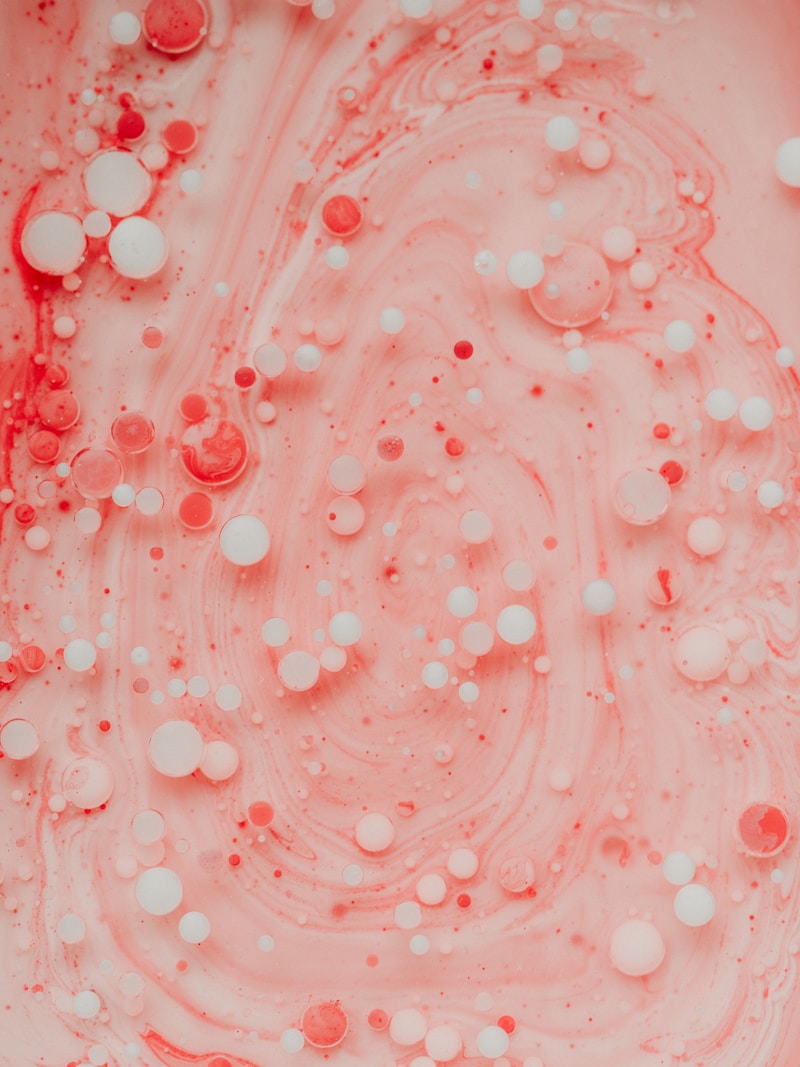Exploring Different Fabrics and Textures at Fittings: A Comprehensive Guide
Introduction to Fitting Fabrics
When it comes to fashion design and tailoring, the fabric selection can make or break the overall appeal of a garment. Exploring different fabrics and textures at fittings is essential not just for the aesthetic appeal but also for the functional aspects of clothing. In this comprehensive guide, we’ll delve into various types of fabrics and textures, their uses in fittings, and important considerations to keep in mind while working on your designs.
The Importance of Fabric in Fashion Design
Fabrics serve as the foundation upon which garments are built. They affect the drape, fit, comfort, and overall appearance of the clothing. Here are a few factors to consider during fittings:
- Drape: How the fabric falls and flows can influence the silhouette of the garment.
- Texture: This affects the tactile quality and visual appeal of the fabric.
- Weight: Heavier fabrics provide structure, while lighter materials tend to be more flowing.
Types of Fabrics to Consider
To truly understand the art of fittings, it is crucial to familiarize yourself with different types of fabrics. Below, we’ll explore some popular fabrics and their characteristics:
| Fabric Type | Characteristics | Best For |
| Cotton | Soft, breathable, and highly versatile | Casual wear, summer clothing |
| Silk | Luxe feel, drapes beautifully, shiny | Evening wear, formal attire |
| Wool | Warm, heavy, excellent for structure | Winter wear, tailored jackets |
| Linen | Breathable, textured, natural wrinkles | Summer suits, beachwear |
| Polyester | Durable, resistant to wrinkling | Everyday clothing, performance wear |
Exploring Textures in Fabrics
Texture is another vital aspect that influences the perception of a garment. Textured fabrics can add depth and intrigue to a simple design. Here are some common textures you might encounter:
- Suede: A soft, luxurious texture that is often used for jackets and accessories.
- Corduroy: Ribbed fabric that adds a unique dimension; perfect for casual wear.
- Velvet: Soft, plush, and visually striking; often used for evening dresses.
- Texture Knits: These add stretch and comfort while providing unique visual patterns.

Tips for Effective Fittings with Different Fabrics
When planning fittings that involve a variety of fabrics and textures, consider the following tips:
- Conduct Pre-Fitting Analysis: Evaluate how each fabric interacts with the design and with itself. Test drapery and tension.
- Utilize Fabric Samples: Always bring samples of each fabric to the fitting session for visual and tactile reference.
- Seek Feedback: Encourage feedback from models or clients about comfort and appearance.
- Plan for Alterations: Be prepared to adjust seams, hemlines, or fits, especially with more complex fabrics like silk or velvet.
Conclusion
Exploring various fabrics and textures during fittings not only enhances the final product but also allows designers and tailors to express creativity and craftsmanship. Understanding the characteristics and uses of different fabrics is crucial in fashion design. Remember to conduct thorough testing and gather feedback to ensure that the fit and fabric align with your vision. Whether you’re working with cotton for a casual look or silk for something more formal, every choice counts towards the final outcome. Happy designing!
For anyone interested in enhancing their design skills, investing time in understanding fabrics and textures can lead to incredible results. Always keep up with new fabric trends and technologies to stay ahead in the fashion game.